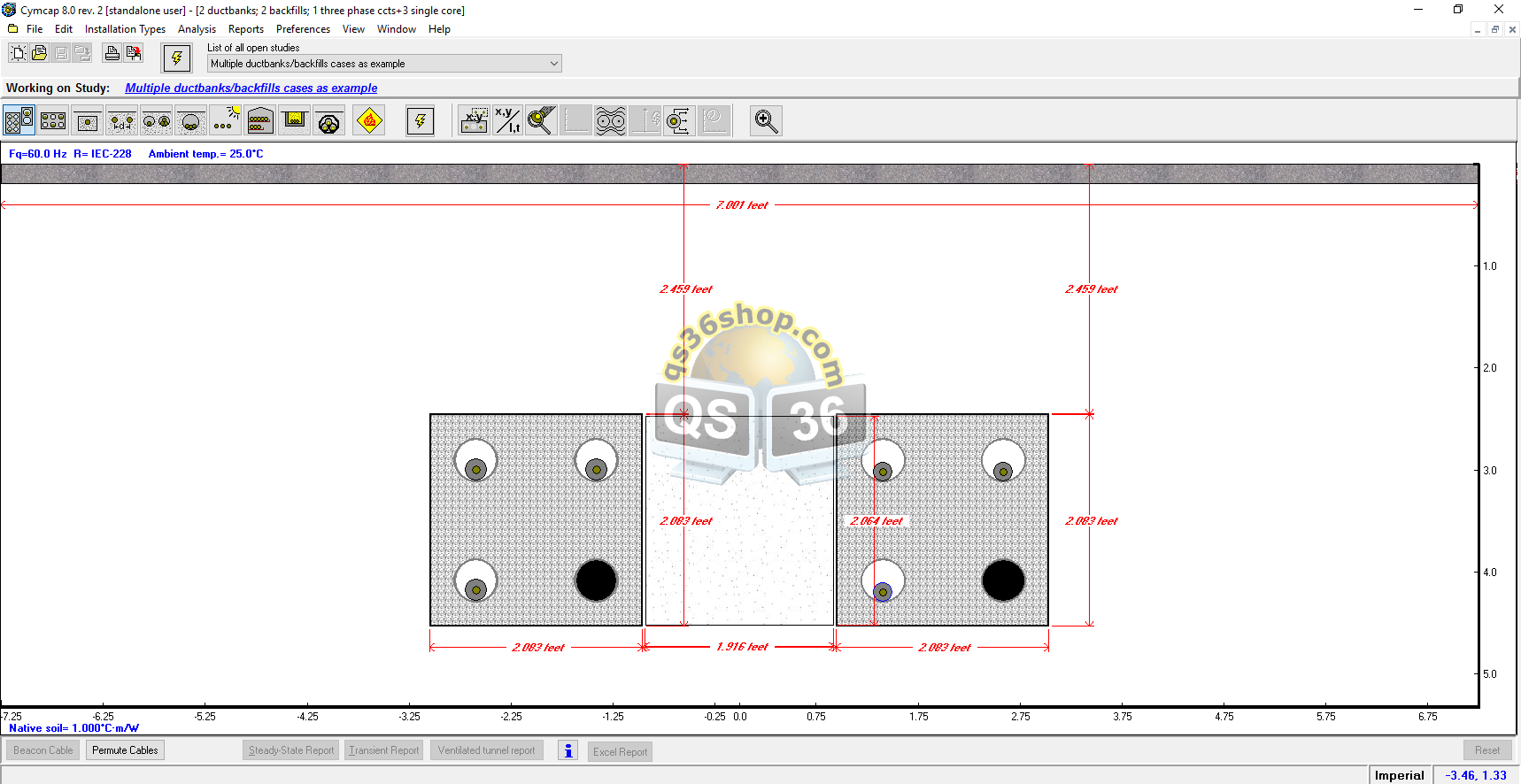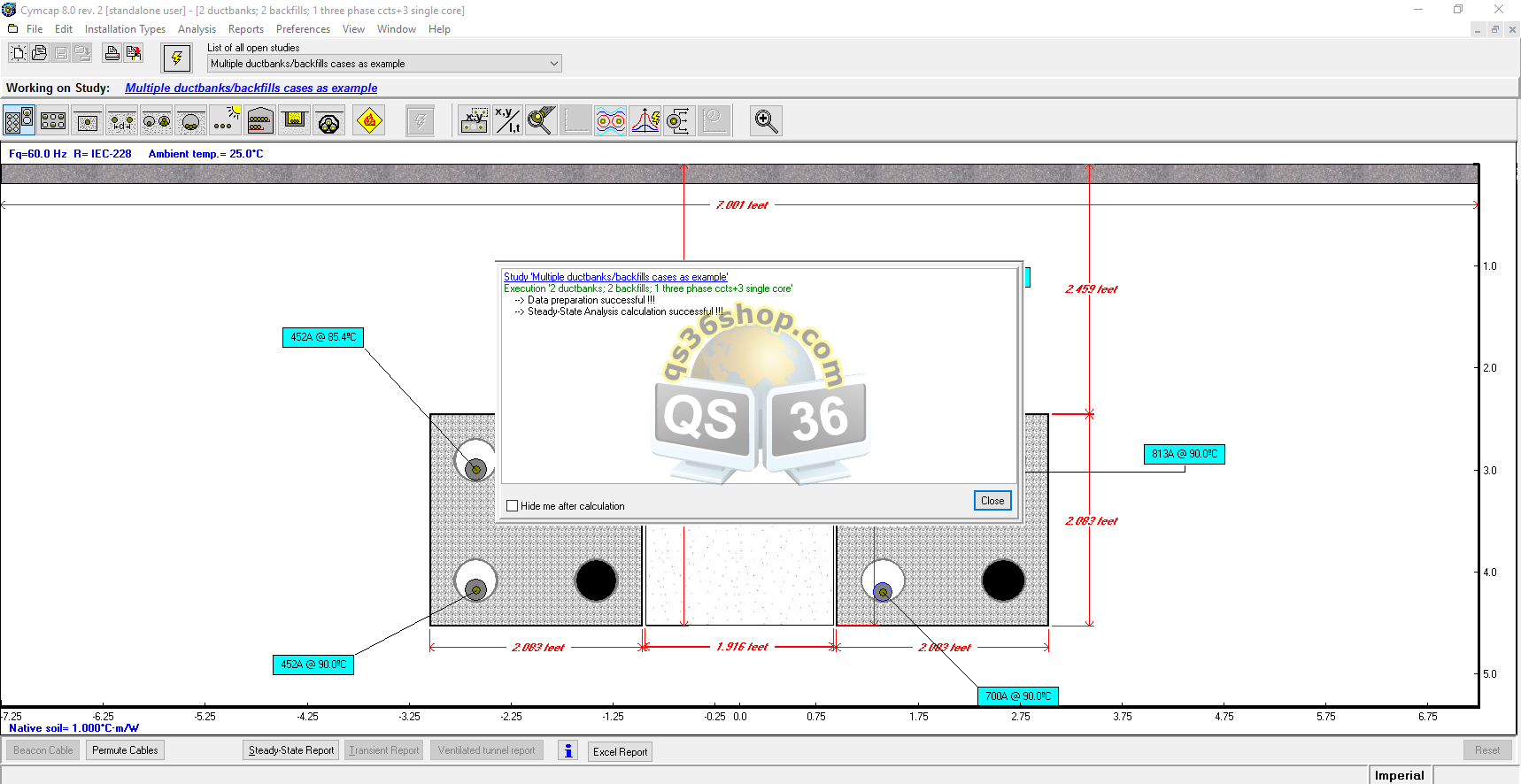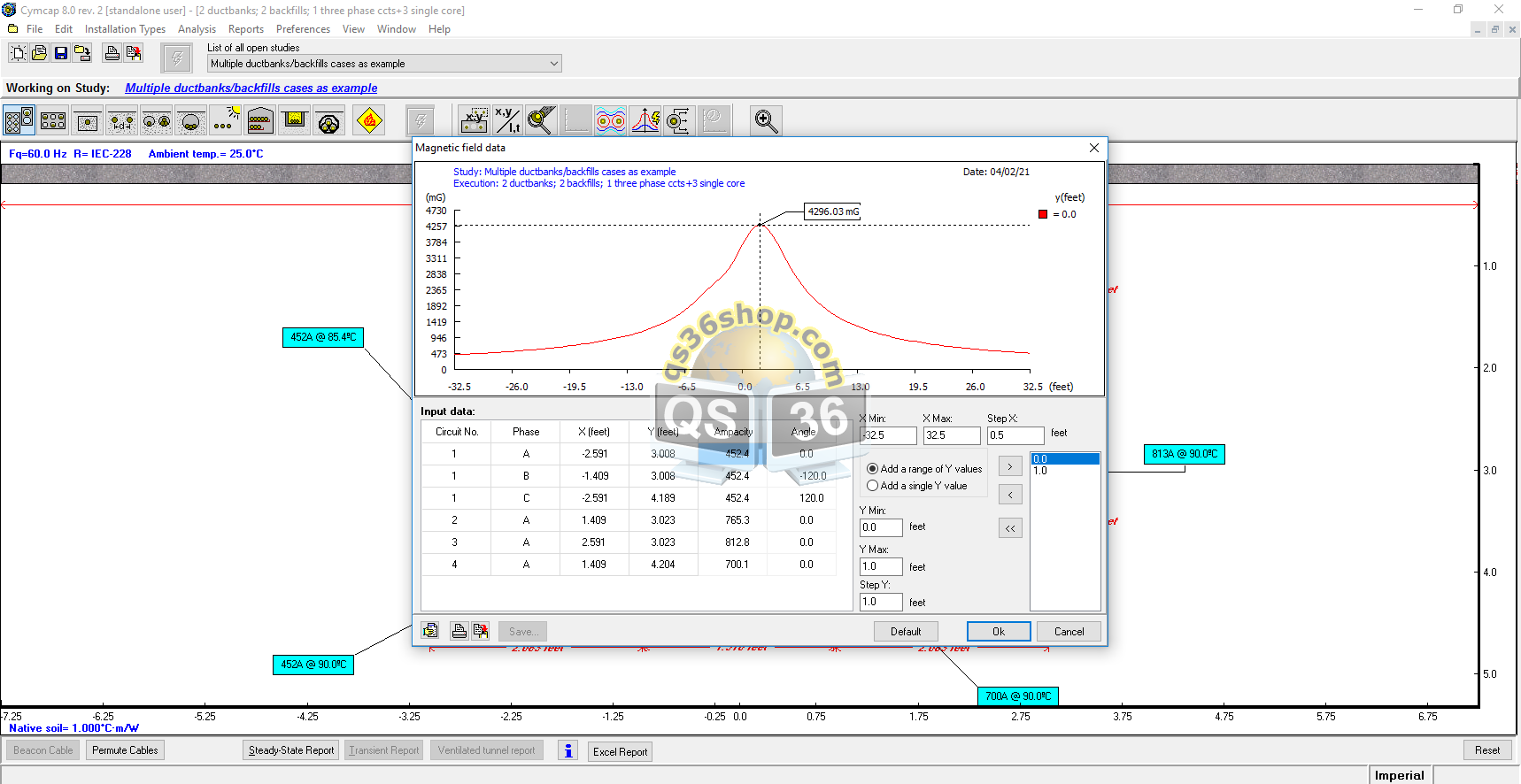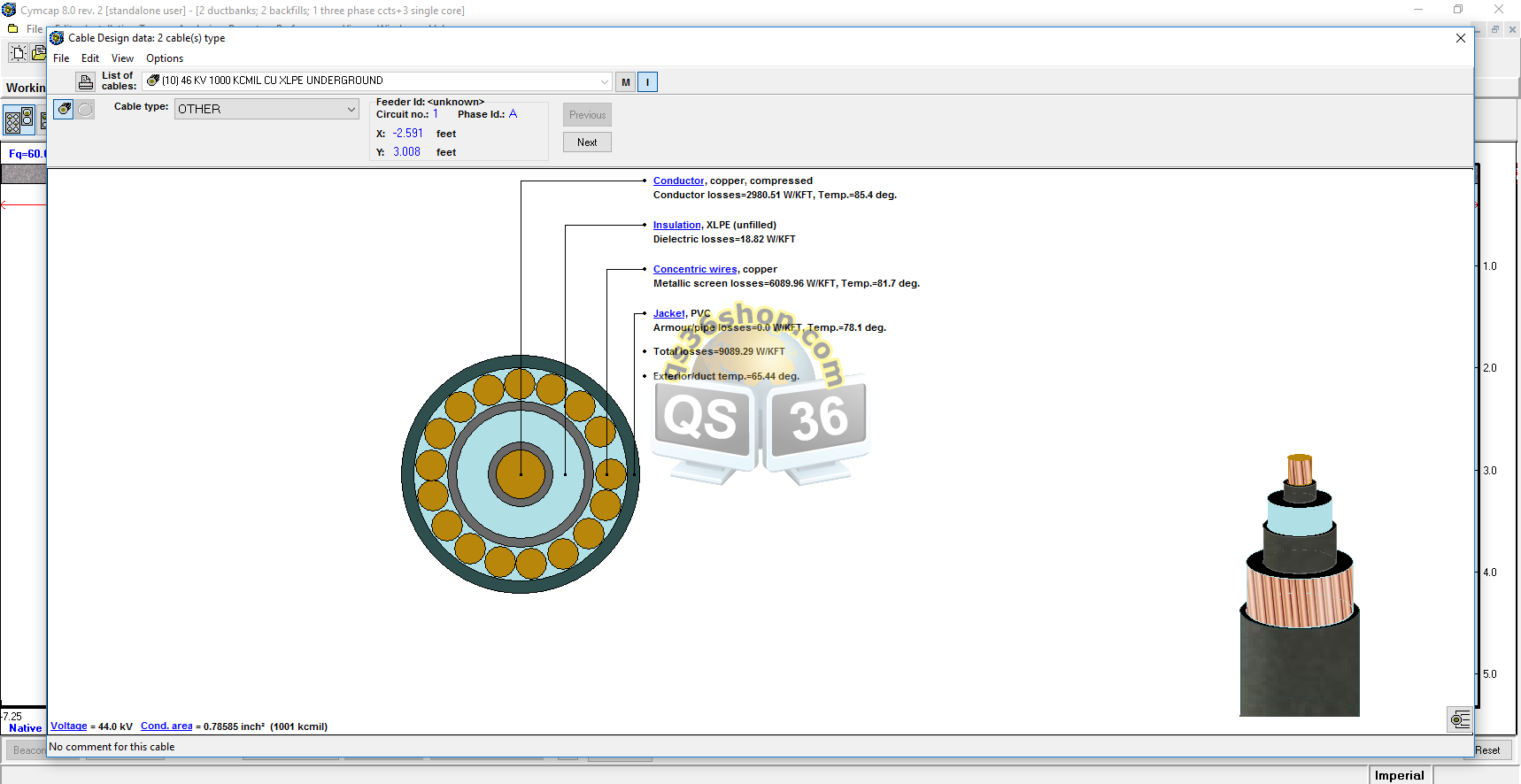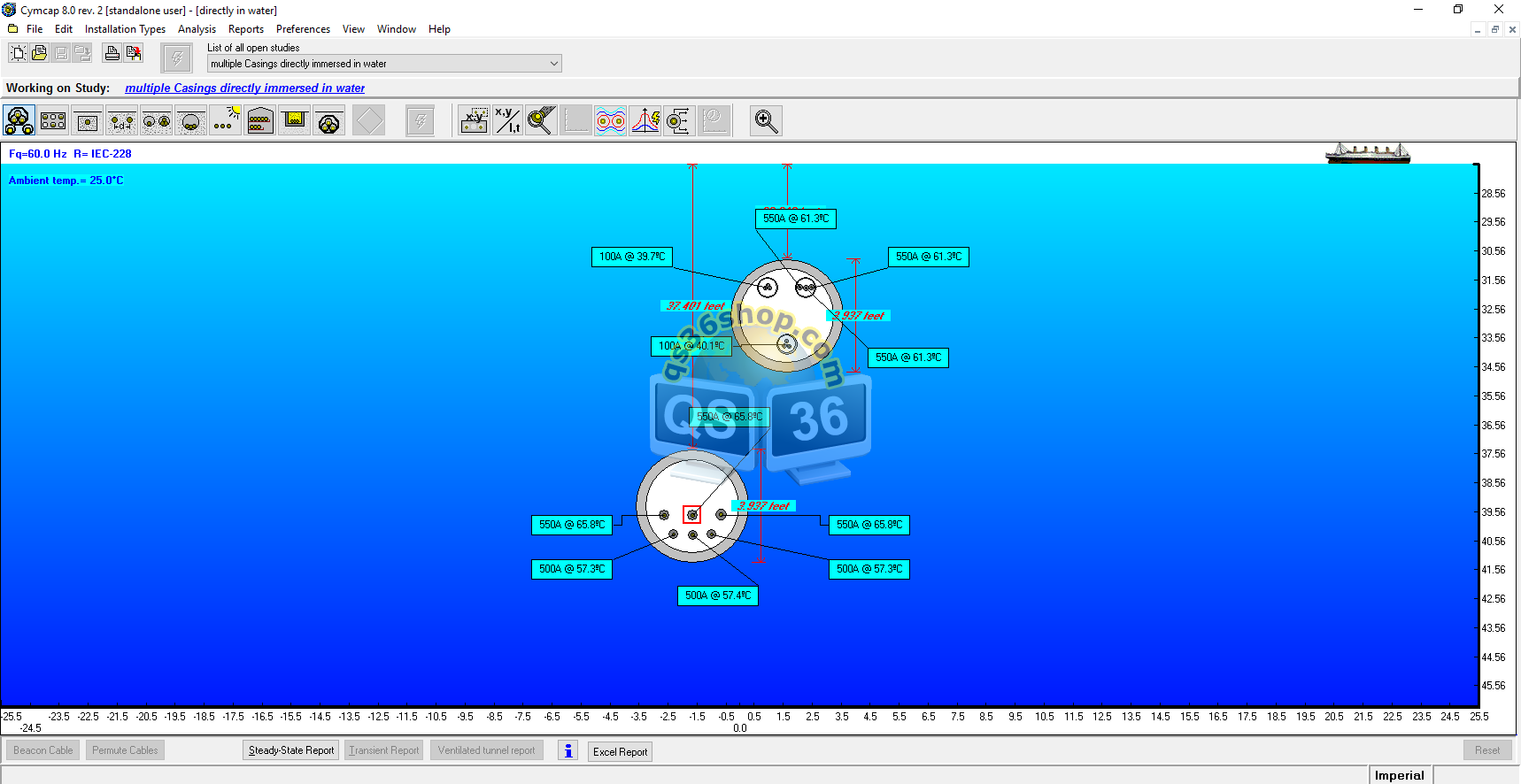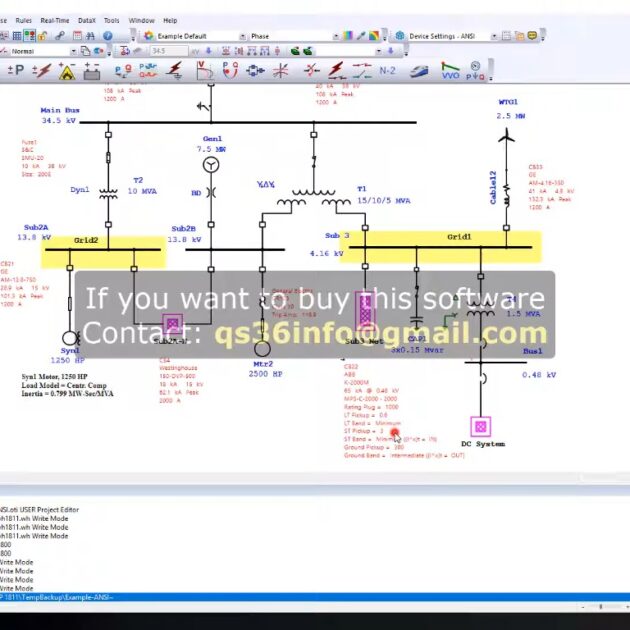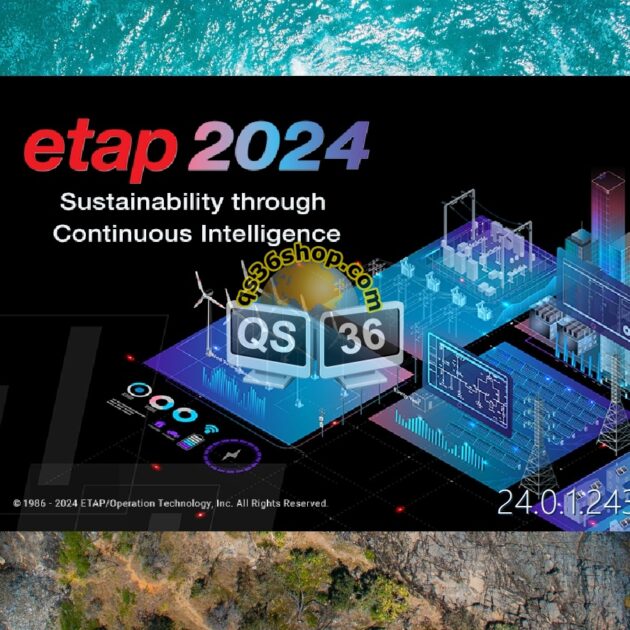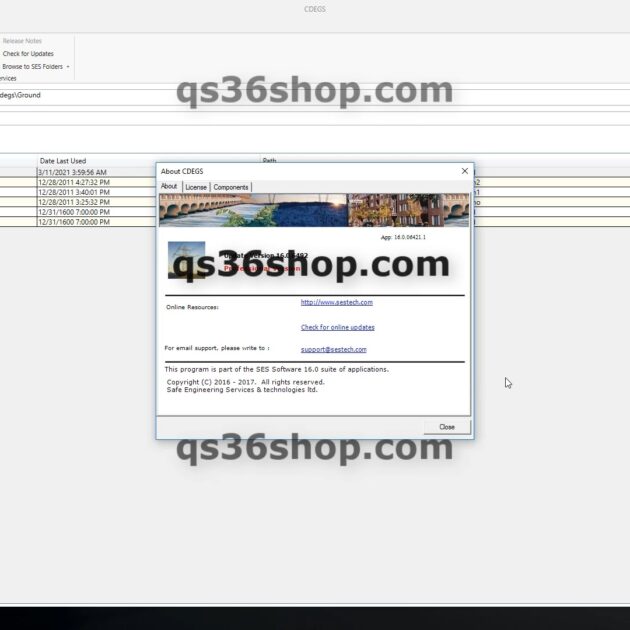Description
The CYMCAP software is dedicated to the calculation of ampacity and temperature rise calculations for power cable installations. The accuracy of the software provides increased confidence when upgrading power cable installations and designing new ones; maximizing the benefits from the considerable capital investment associated with them. It also helps increase system reliability and supports the proper utilization of the installed equipment.
Features
The CYMCAP software is dedicated to performing ampacity and temperature rise calculations for power cable installations. Determining the maximum current power cables can sustain without deterioration of any of their electrical properties is important for the design of electrical installations.
It addresses steady-state and transient thermal cable rating as per the analytical techniques described by Neher-McGrath and the International Standards IEC 287© and IEC 853©.
This software was developed jointly by Ontario Hydro (Hydro One), McMaster University and CYME International, under the auspices of the Canadian Electricity Association.
The validation of the results obtained with the CYMCAP software provides increased confidence when upgrading existing power cable installations and designing new ones, thus maximizing the benefits from the considerable capital investment associated with them.
Analytical Capabilities
- Iterative techniques based on Neher-McGrath and IEC-60287© methods
- Full compliance with North American practice and compliance with IEC standards IEC 60287©, IEC 60228©, , IEC 60853©, etc.
- Detailed graphical representation of virtually any type of power cable. This facility can be used to modify existing cables data and enrich the cable library with new ones. This includes single-core, three-core, belted, pipe-type, submarine, sheathed, and armored cables
- Different cable installation conditions such as directly buried, thermal backfill, underground ducts or duct banks
- Pipe-type cables directly buried or in a thermal backfill
- Independent libraries and databases for cables, duct-banks, load curves, heat sources and installations
- Modeling of cables in air on riser poles, groups of cables in air, moisture migration, nearby heat sources and heat sinks, etc.
- Different cable types within one installation
- Non-isothermal earth surface modeling
- Cyclic loading patterns as per IEC-60853©
- Multiple cables per phase with accurate modeling of the sheath mutual inductances which greatly influence circulating current losses and thus de-rates the ampacity of cables
- All types of sheath bonding arrangements for flat and triangular formations are supported with explicit modeling of minor section lengths, unequal cable spacing, etc
Transient Analysis
The program supports a Transient Thermal Analysis Option which includes the following:
- Ampacity given time and temperature
- Temperature analysis given time and ampacity
- Time to reach a given temperature, given the ampacity
- Ampacity and temperature analysis as a function of time
- User-defined load profiles per circuit
- Multiple cables per installation
- Circuits can be loaded simultaneously or one at a time

